To me, the smell of good cooking is one of life’s simple pleasures. It can create a hunger where there wasn’t one before and it can bring back fond memories of time spent with family and friends.
Or, as we have all experienced at our favorite, poorly ventilated greasy spoon, the odor can linger in our hair and clothes long after we eat. We want to enjoy our food, not wear it. That is where a well-designed kitchen exhaust system comes into play.
Focus on the Essentials
There are two main pieces of kitchen equipment that are the primary focus when thinking about exhausting smoke and odors from a commercial cooking space: the hood and the exhaust fan. Specifying the right hood is the main driver of a successful kitchen design. Understanding the type of food being prepared, equipment required, and equipment location will allow you to correctly select and size the hood for maximum performance. The exhaust fan will be sized based on the length of the hood and the type of cooking equipment being used.
There are two main types of kitchen exhaust hoods: Type I for exhausting grease-laden air from griddles, broilers, deep-fryers, etc. and Type II for exhausting heat and/or condensate from equipment like ovens and dishwashers. For the purposes of this article, discussing the prevention of odors and smoke escaping into unwanted areas, we will be focusing on Type I hoods.
Size the Hood Correctly
The cooking surfaces must be located underneath the hood to capture smoke and odor. The best way to ensure that you will design the hood to effectively cover the cooking surfaces is to obtain an equipment line-up from the restaurant or kitchen equipment supplier. This line-up will provide the dimensions (width & depth) of each piece of equipment and show you how they are positioned next to each other. Building code requires a minimum of 6” overhang on all sides of the cooking surfaces as installed. For example, if you have a griddle that is 30” deep and 60” wide, sitting 3” from the back wall to allow for utility connections, the exhaust hood needs to be a minimum of 39” wide and 72” long (note: exhaust hood “width” correlates to the equipment “depth”, and the hood “length” correlates to the equipment “width” – I know… it’s confusing).
Size the Fan Correctly
Sizing the exhaust fan should be easier because the minimum airflow required is determined by the International Mechanical Code (IMC) and the “Duty Rating” of the appliances as shown in the following graphic.

Figure 1. Duty Ratings – Appliances & Airflows. Image taken from Greenheck Presentation Slide, Mike Gervenak 2021
You will notice, however, that there are minimum airflow rates under the UL710 heading that are significantly less than the IMC. Manufacturers that have hoods listed under UL710 have tested their products in accordance with this standard and have proven to be able to effectively exhaust smoke and odor at these published minimum rates.
Which minimum airflow should you use? Using the higher IMC airflow will provide better control of smoke and odors, but there is a cost. Higher airflows can increase the size of the fan, grease duct, and energy costs in the form of exhaust fan motor horsepower and replacement of the expensive, conditioned air you’re exhausting. UL710 minimum airflow rates are determined under ideal laboratory conditions and are unlikely to be replicated in the real world.
Doing the Minimum is Never the Right Thing to Do (just ask your parents!)
Manufacturers, like Greenheck, realize that UL710 minimum airflow rates are unrealistic so they have created recommended airflows for each of the Duty Ratings.
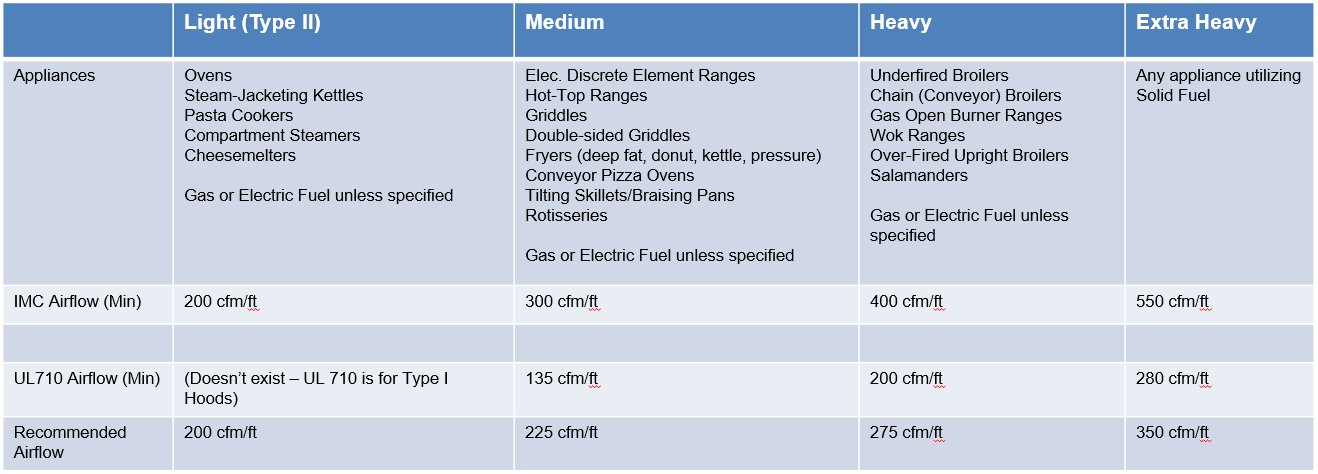
Figure 2. Duty Ratings – Appliances & Airflows. Image taken from Greenheck Presentation Slide, Mike Gervenak 2021
These values are recommended airflows and are a good starting point when designing your kitchen. They are not, however, intended to be viewed as absolutes.
There are many factors that go into determining an appropriate exhaust rate. Kitchen environmental conditions such as cooking flare-ups, high foot traffic, swinging doors, nearby open windows and supply air diffusers near the hood, all affect exhaust performance. Drafts created by all these conditions, combined with minimum exhaust rates, can cause the smoke to be swept out from underneath the hood, allowing it to escape into the space.
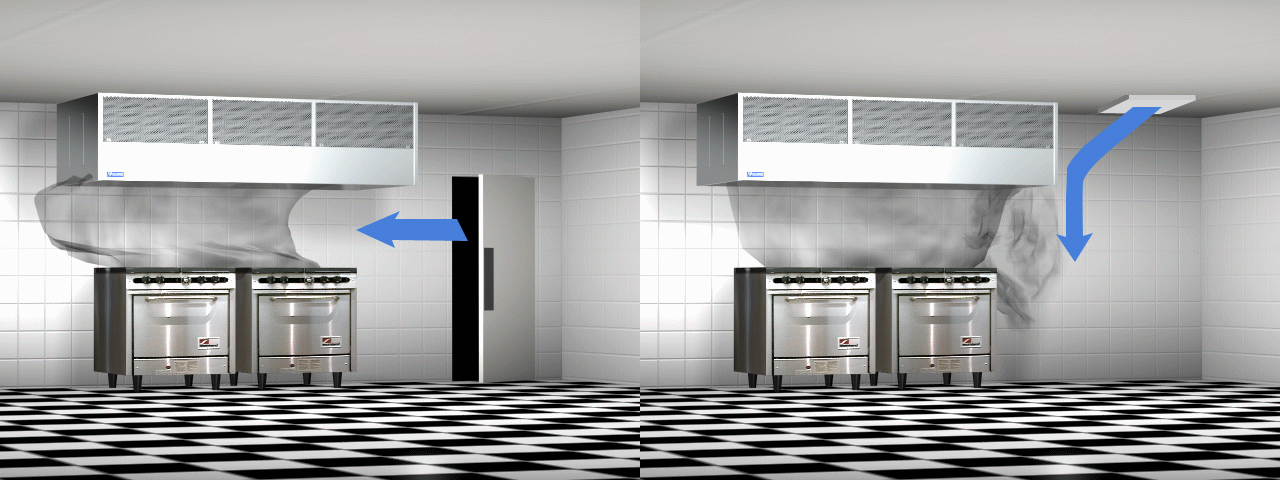
Figure 3. Potential Problems to Mitigate in Design. Images taken from Greenheck Presentation Slide, Mike Gervenak 2021
Although increasing the exhaust rate can help, it is recommended to locate the exhaust hood at least fifteen feet away from high traffic areas, doors, and windows, while using non-directional supply air diffusers.
Kitchen Hood Modifications
Along with increased exhaust rates and an improved kitchen layout, you can modify the hood and add accessories to help mitigate these conditions. If you have the space, increase the size of the hood so it overhangs the cooking equipment by more than the 6” minimum. This is especially helpful when designing a system with ovens. Oven doors create a draft when opened and can pull hot, sometimes smoky air out past the front of the hood. Increasing the overhang to at least 12” can help alleviate this problem.
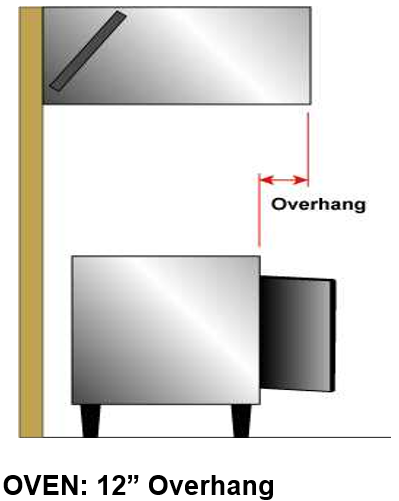
Figure 4. Design Consideration – Overhangs. Image taken from Greenheck Presentation Slide, Mike Gervenak 2021
Adding accessories like end skirts or full wall panels can minimize the effects of cross drafts and save space by eliminating the need for a significant overhang.
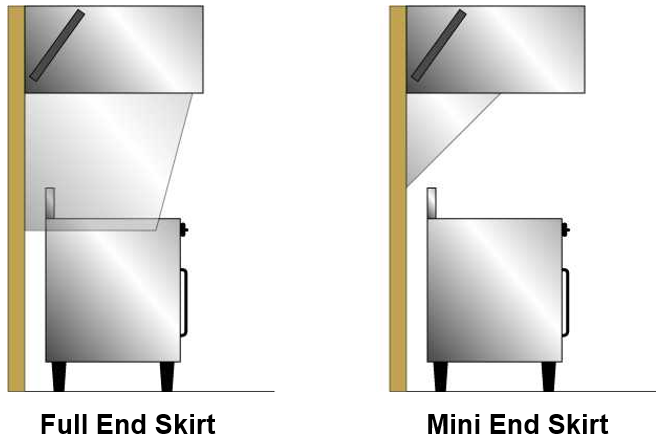
Figure 5. Design Consideration – End Skirts. Image taken from Greenheck Presentation Slide, Mike Gervenak 2021
Make-Up Air
For an exhaust fan to operate properly it must have an adequate supply of air. The best way to accomplish this is with a make-up air unit that supplies outside air, tempered or non-tempered, directly to the kitchen. This is often done through a supply air plenum located on the front of the hood.
A properly sized make-up air unit will supply 80-90% of the exhaust rate. That is enough air for the exhaust fan to work properly while maintaining a slight negative pressure in the space. This negative pressure draws additional (transfer) air from areas outside the kitchen and prevents smoke and odors from escaping into the rest of the building.
Other methods of make-up air such as a wall louver or open door/window can create airflow problems, as previously discussed, and may violate local codes.
Be Kind to Your Neighbor
Now that we have properly exhausted our kitchen air and saved our restaurant patrons from unwanted smoke and odors, we need to consider where all that air is going. In most cases, a simple roof-mounted fan exhausting to the atmosphere is the best solution. As mixed-use buildings rise, along with an increasing size/density of the urban landscape, there is an amplified need for products that control the emissions from commercial kitchens. Condominium, apartment, or hotel room occupants don’t want to be subjected to odors from nearby restaurants.
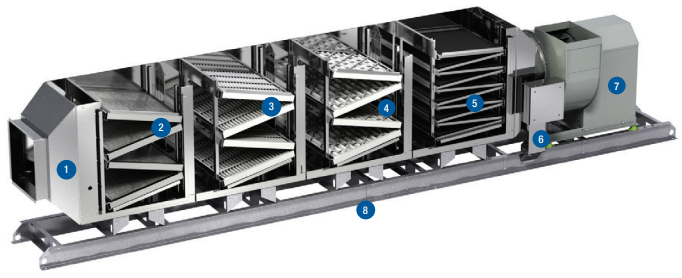
Figure 7. Cut-away view of Grease TrapperTM Pollution Control Unit. Image taken from Pollution Control Units catalog, Greenheck Corporation, October 2021
Pollution control units (PCU), aka scrubbers, are specifically designed to eliminate smoke, grease particles, and odor from kitchen exhaust. Standard units use multi-stage mechanical filter arrangements to remove the smoke and grease particles. A final carbon filter removes the odor prior to discharging the air.
Summary
Adequate kitchen exhaust design takes into account many different factors that will drive success. Kitchen layout, correctly sizing the hood and exhaust fan with appropriate accessories, make-up air components that supply enough outside air while maintaining a slight negative pressure in the space and considering how the exhausted air will affect the neighbors, all play a crucial role. Teaming up with an experienced Greenheck kitchen expert can help avoid unwanted situations before they become a problem.
References:
- (Greenheck Corporation, August 2020). Kitchen Ventilation Systems – Commercial Kitchen Ventilation Hoods, Filters, External Supply Plenums and Accessories
- (Greenheck Corporation, October 2021). Kitchen Ventilation Systems – Pollution Control Units
- (Greenheck Corporation, Hoffmann, C., September, 2021). When Is Make-Up Air Required for Kitchens? https://www.greenheck.com/resources/blog/blog-post/fresh-air-from-greenheck/2021_09_27/when-is-make-up-air-required-for-kitchens

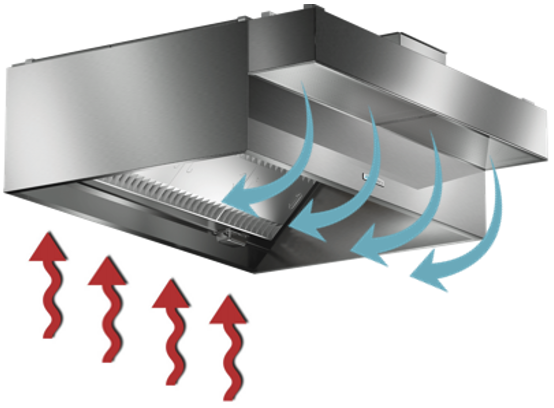
Recent Comments